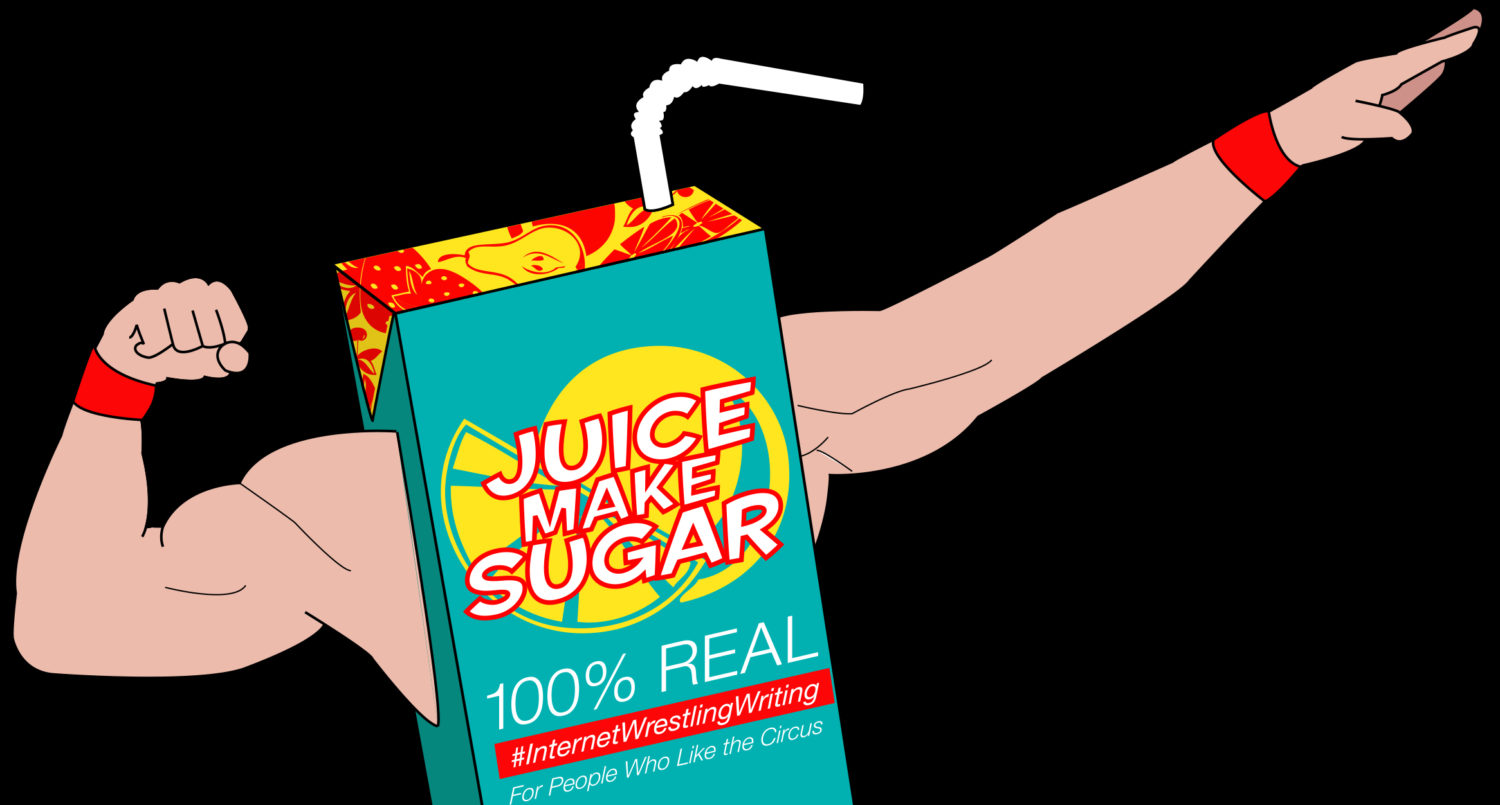Essential Viewing: The Promos
From his time in WCW, as a member of the Hollywood Blonds, “Stunning” Steve had an ability to get himself — and Brian Pillman — over without lifting a finger or doing a single hiptoss.
From the very beginning — speaking of which, Austin’s part of the second clip starts around the three-minute mark — Austin exudes not just confidence but an ease on camera that let him come off as natural in a way many of his contemporaries didn’t. Also, his irreverence and palpable intelligence meant he was actually funny, especially for the time.
http://www.dailymotion.com/video/x1gfms_a-flair-for-the-old_sport
Bits like A Flair for the Old brought to wrestling a sense of self-aware humor that had been lacking and, beyond begetting turds like the Degeneration-X parodies, showed the singular charisma that would make him a megastar. But it wasn’t until he got to ECW that his gifts really began to flower. His promos in the small-time company were as big and important as anything CM Punk has ever done, and he was doing them a full decade and a half before Punk’s first pipebomb.
Engagingly real and really engaging, his in the company is one of the truly transcendent moments in the organization’s history.
http://www.dailymotion.com/video/xpekia_steve-austin-s-ecw-debut_sport
It’s hard to overstate how truly revolutionary his appearance, the way in which he talked and who he talked about, was. There are very few special, genuinely important moments in professional wrestling, and Austin ripping his Steve-a-maniac shirt while telling Joey Styles that “This shit won’t cut it” is as genuinely important and special as you can get.
Of course, until Austin did this:
https://www.youtube.com/watch?v=pQhlaWxMbTg
The key moment — outside of the birth of “Austin 3:16” catchphrase, of course — of the entire interview comes almost immediately after he starts: on his way up the steps to the throne, he stops for a second to look at the crown and scepter commonly given to the King of the Ring, is clearly disgusted by it and simply keeps walking up the steps. And while it’s easy to over analyze something as shallow as professional wrestling can be, that bit of business by Austin underlined his disdain for the way things “used to be” as much any middle finger.
His brilliance on the mic would continue in the build up to his feud with Bret Hart, calling him out over and over again in an attempt to get the Hitman to fight him at Survivor Series. As always, his irreverence for Hart’s legacy is at the core of the issue between the two, which worked exceptionally well for a performer as clearly concerned about it as Hart was.
The idea that someone would be able to single-handedly turn one of the most beloved performers in the history of the company into its most hated heel tells you all that you need to know about the magic that was Stone Cold Steve Austin.
His program with Bret is sometimes overlooked because it led almost directly into the most important angle in the history of the company: the Vince McMahon-Stone Cold feud that would turn the wrestling world upside down, driving one company out of business and the other company to heights that it would never reach before or after.
That familiar irreverence — this time for McMahon’s position as the CEO of the company AND kayfabe (as Austin would reveal McMahon as the owner more than a month before Hart did so almost accidentally) — brought McMahon out of his shell, forcing him to be real for the first time. It was this feud that would change the direction of the medium, making McMahon one of the enduring villains in all of pop culture and Stone Cold one of its great folk heroes.
And while there were other promos that would follow, it was that one which would matter the most. It was a watershed moment for an era that desperately needed a paradigm shift, and would make wrestling relevant again almost singlehandedly.
This didn’t hurt either.

No Comments, Be The First!